How to prune clematis – everything you need to know for beautiful blooms
Discover how to prune clematis to ensure a beautiful flush of blooms every year
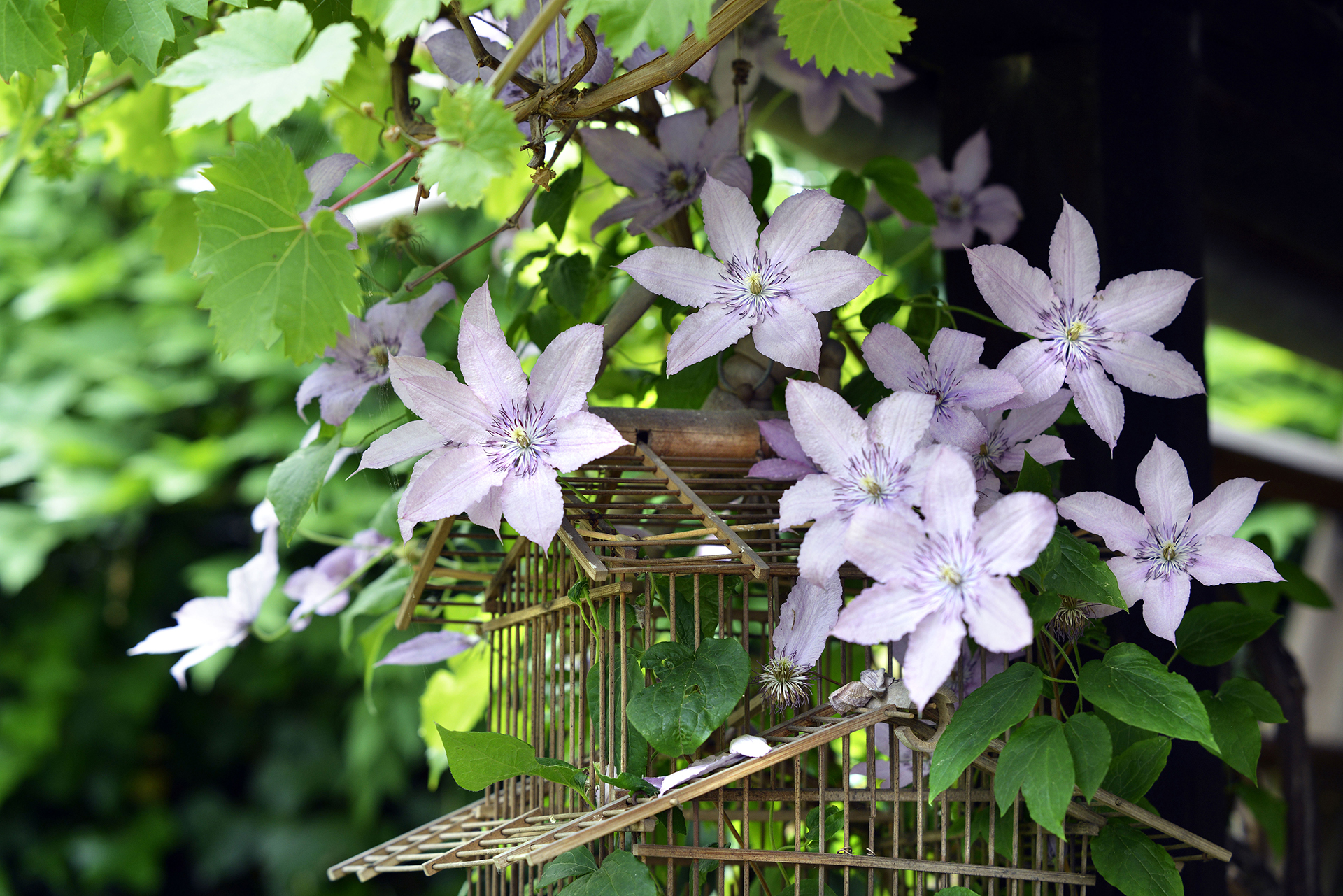

Not knowing how to prune clematis is one of the major factors that puts people off growing this beautiful – but sometimes rampant – flower in their gardens. However, there is no need to worry, it's actually surprisingly easy when you know what to do.
Once you have mastered how to grow clematis you can enjoy these climbing beauties in many areas of your garden, both sunny and shady and with a huge variety to choose from you are spoilt for choice for the best clematis to grow.
From finding out your clematis' pruning group to the time of year that you should prune it, we tell you here how to prune clematis.
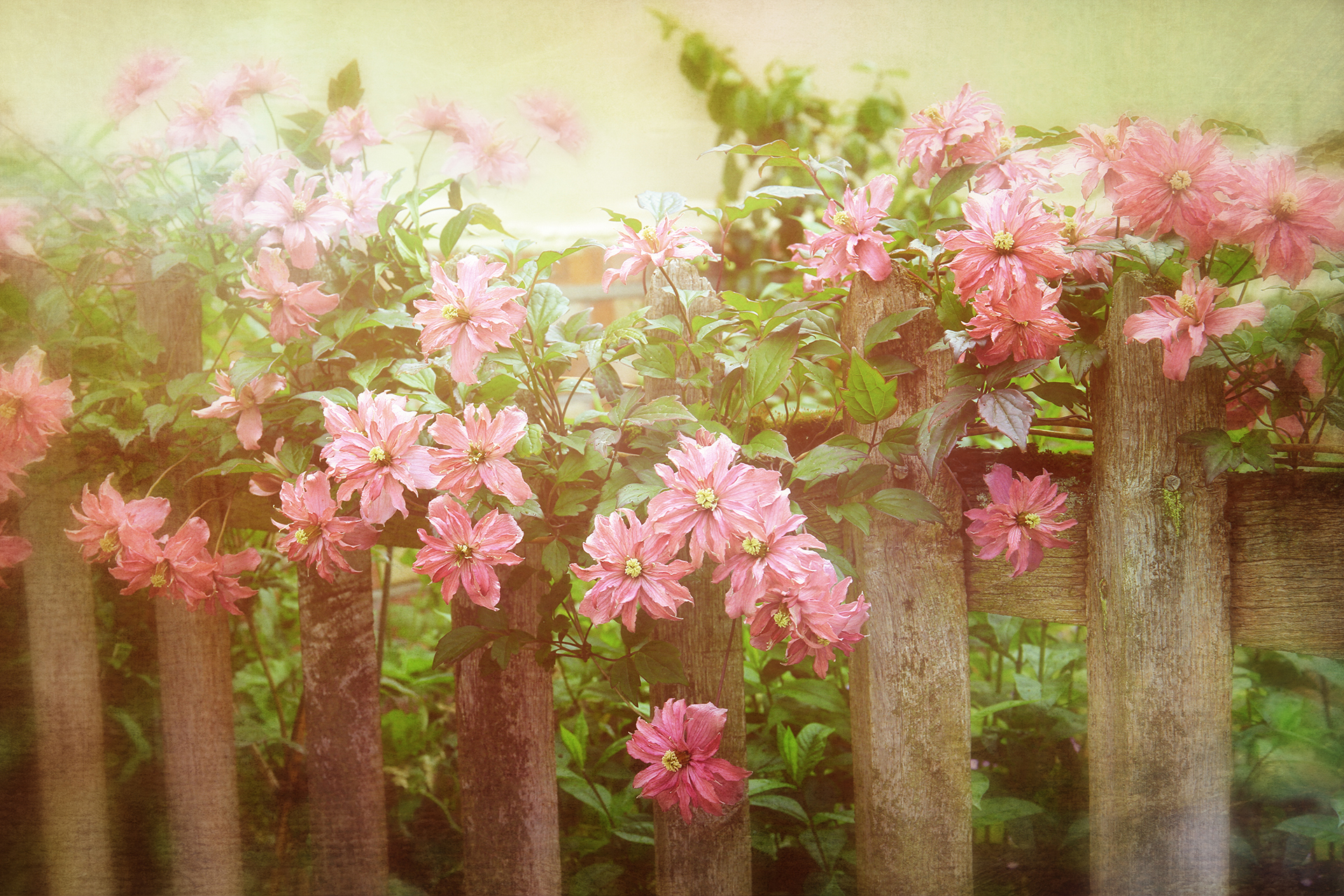
Clematis make eye-catching additions to your flower bed ideas. Perfect for climbing up trellis or obelisks they add height, as well as gorgeous scented blooms and colorful flowers and foliage. Clematis can be grown in pots, and they are also a key plant in creating an English garden scheme
If you have a clematis in your garden, or are considering adding one to your space, knowing how to prune clematis is essential to keep it looking its best.
How to prune clematis: finding out the type
The first step to learning how to prune clematis is figuring out your clematis plant's pruning group. The group of your clematis will be listed on its label, or if you know its name you can find out online. If you don't know the name, then take note of when it flowers and whether the blooms are on this year's or last year's growth. This should help inform you as to which the type of clematis you have.
The three types of clematis pruning groups are as follows:
Group 1 (No prune)
Applies to: Winter and spring-flowering clematis.
If these plants have sufficient space, they don’t require pruning. However, it’s often necessary... in which case, trim just after they’ve flowered. If a severe haircut is required to reign in a mature plant, do it gradually over a few years, otherwise the plant may not flower the following year.
Group 2 (Light prune)
Applies to: Large-flowered clematis that flower in early summer.
Prune lightly in late winter or early spring. Cut a couple of stems down to the first bud to encourage lower growth, and trim the rest back by 12in (30cm) above a bud.
Group 3 (Hard prune)
Applies to: Clematis that bloom in late summer.
During late winter and early spring, cut back hard to 30in (75cm) above the ground, just above a bud.
Managing montanas
To enjoy the glory of C. montana in a very small garden, Val advises an abnormally rigorous pruning regime: 'Prune back all stems to 4ft (1.2m) above the ground, just above a leaf node, immediately after it finishes flowering. Then feed and water. Alternatively, if there are more than two vines, cut back just one of them to a metre each year.'
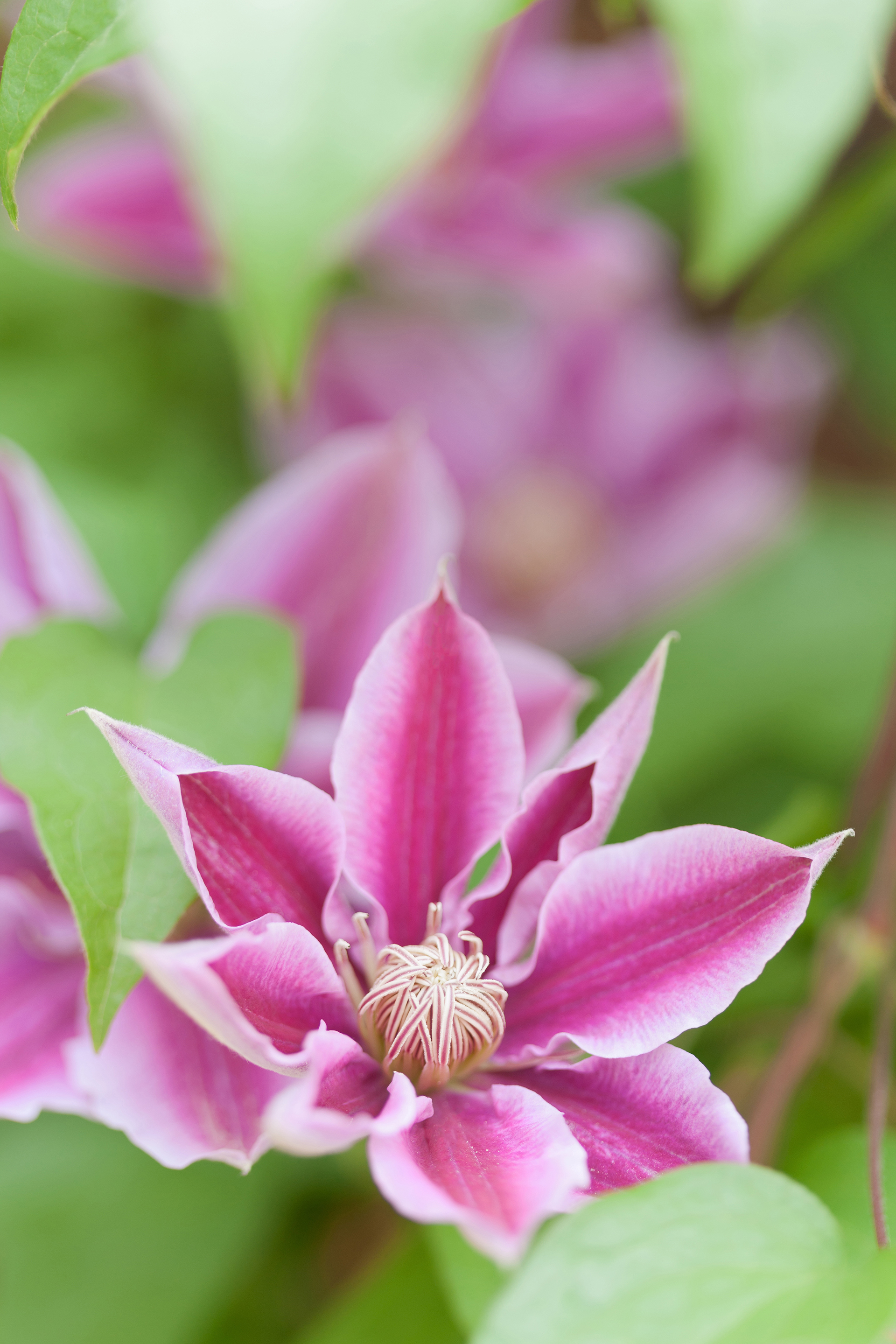
A step-by-step guide for how to prune clematis
The time and severity with which you will prune your clematis will depend on its classification or group, however, the method for pruning your clematis will remain the same.
- Remove dead, damaged or weak stems with a pair of secateurs before growth begins. This will usually be in February, though damaged stems can be removed at any time of year. However, leave the rest of the plant untouched.
- If your clematis is flowering in February, then combine the above step with the following steps once the clematis has finished flowering.
- It is then important that you wait until the plant has finished flowering before commencing with more vigorous pruning. If you prune before then, you will likely remove this year's flowering buds.
- If pruning Group 1 or 2, then cut each branch back either to the growth bud or to a healthy pair of leaves.
- If pruning group 3, then make straight cuts to the stems about 1ft from the ground.
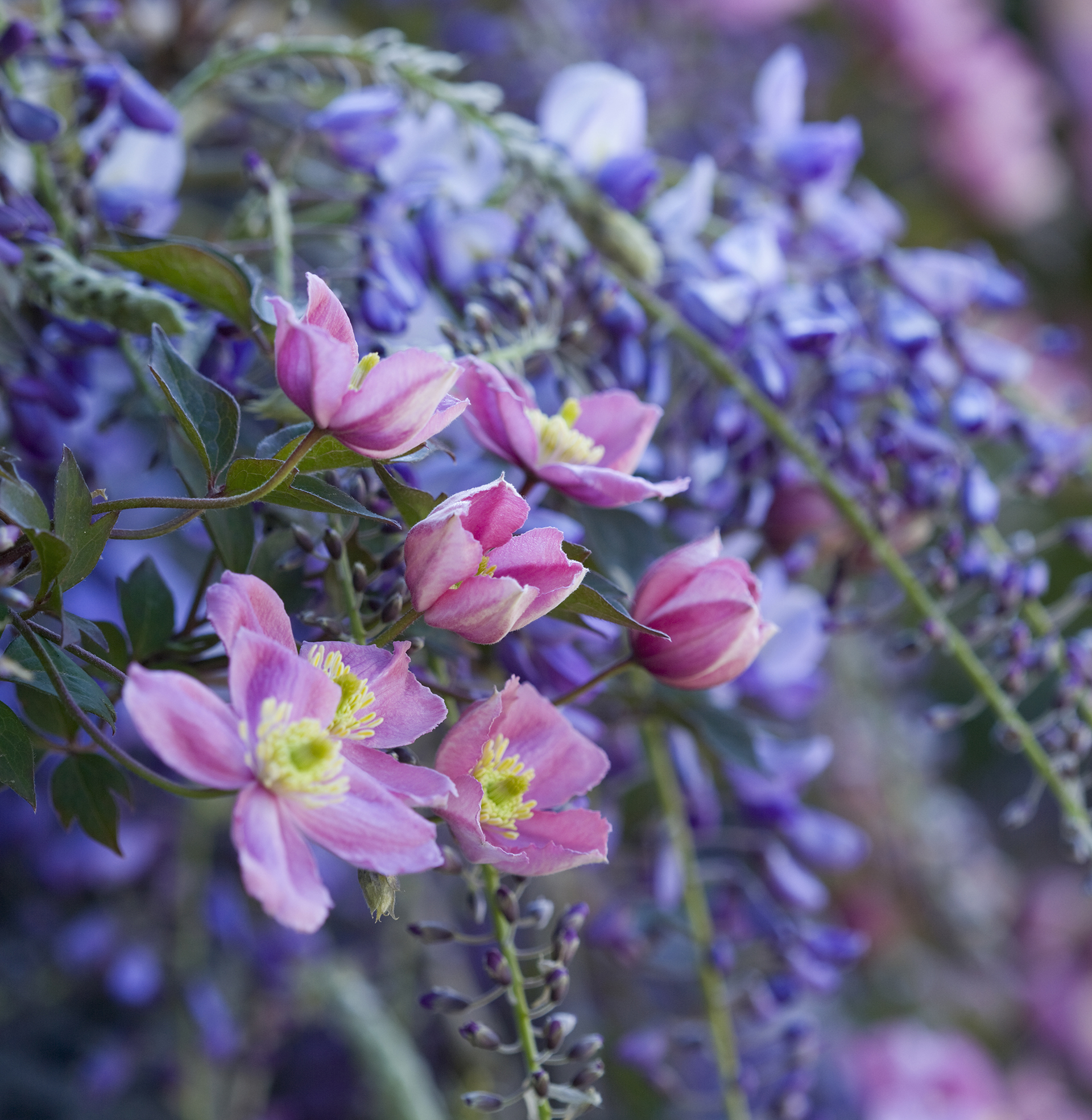
How to prune clematis: Group 1
Sometimes referred to as 'early spring' clematis, group 1 clematis are the easiest to care for as they don't need regular pruning.
'Early spring Clematis montana can be cut back after flowering if required,' advises Marcus Eyles, Horticultural Director at Dobbies Garden Centre. However, this is not essential for next years flowering. You only need to prune group 1 clematis if it is too tall or for aesthetic reasons.
'If renovation is required, plants can be cut back to 15cm (6in) from the base, after flowering,' advises Guy Barter chief horticulturist at the Royal Horticultural Society.
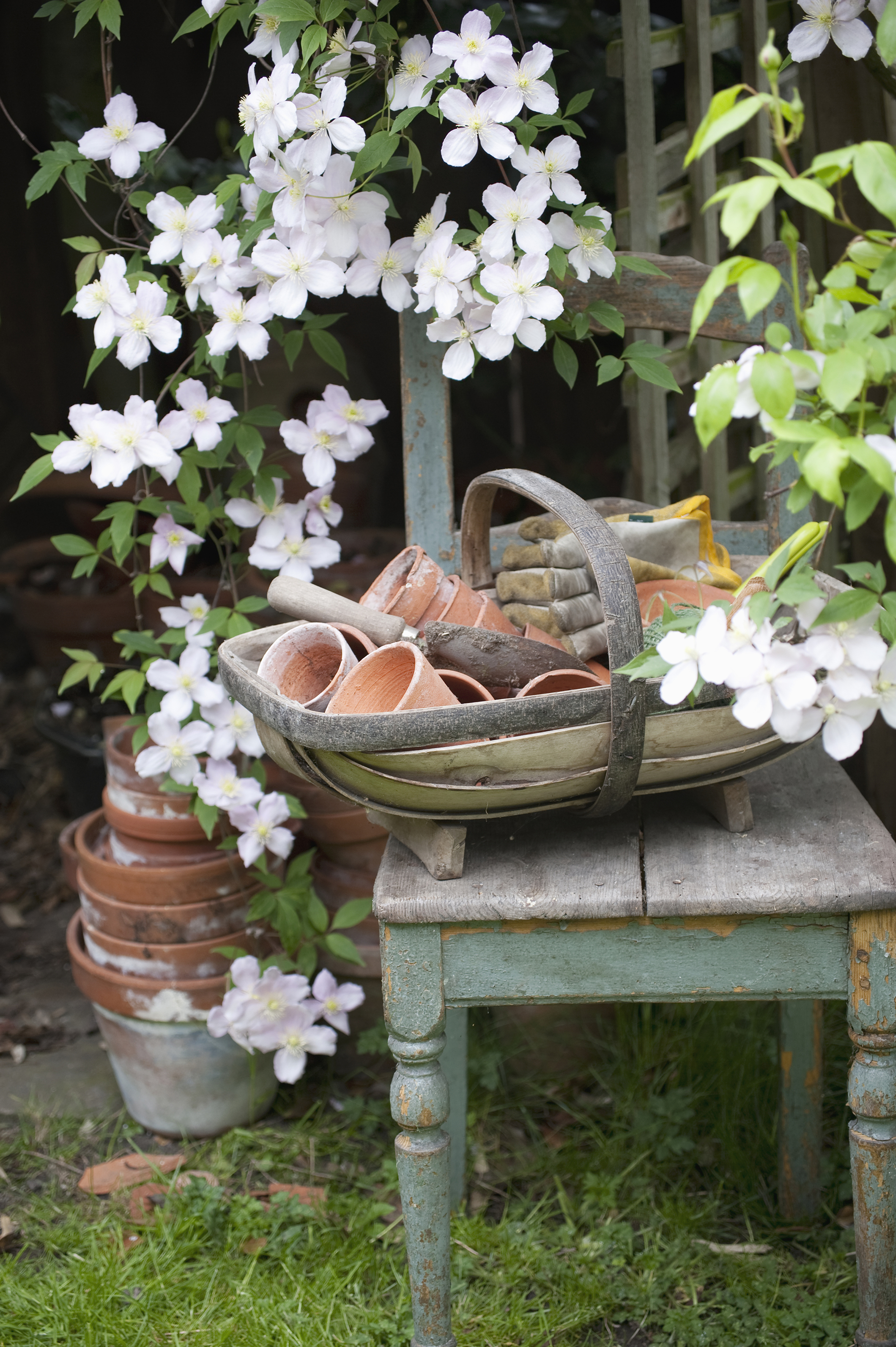
Examples of Group 1 clematis:
- Clematis montana 'Sunrise'
- Clematis 'Freda'
- Clematis 'Warwickshire Rose'
- Clematis armandii
- Clematis urophylla 'Winter Beauty'
- Clematis 'Mayleen' (below)
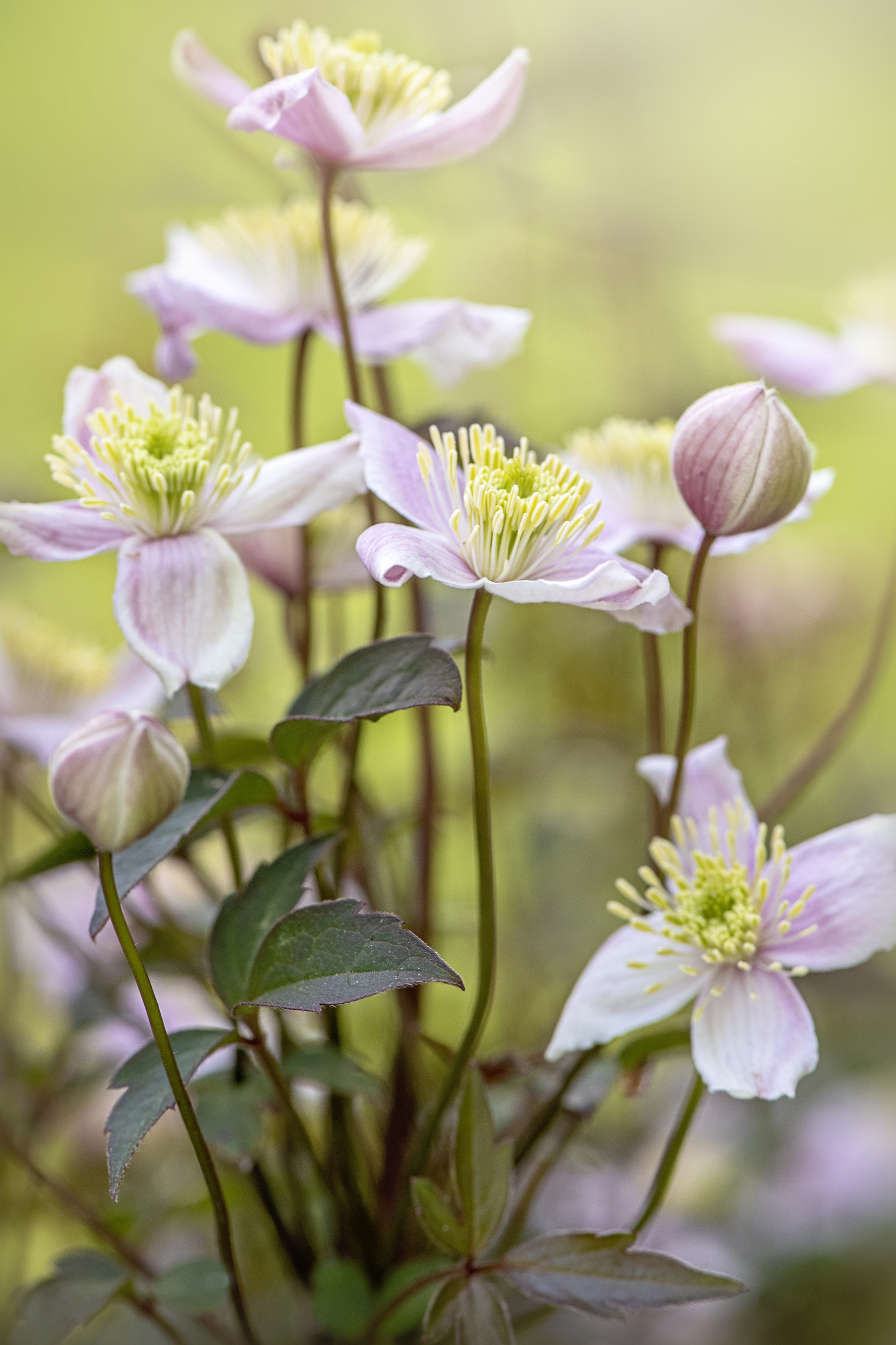
How to prune clematis: Group 2
Large flowering clematis usually fall into the second group. They bloom in April or May, and then some also flower for a second time later in the summer.
Group 2 clematis are the most complex to prune, however if you follow these steps it is surprisingly straightforward.
For learning how to prune clematis in group 2 , Sue Sanderson of Thompson & Morgan advises pruning on two separate occasions. ‘The first stage is in early spring, and you simply prune them before the new growth starts. Then once the first flush of flowers have finished you can then prune them again to encourage a second flush later in the summer.’
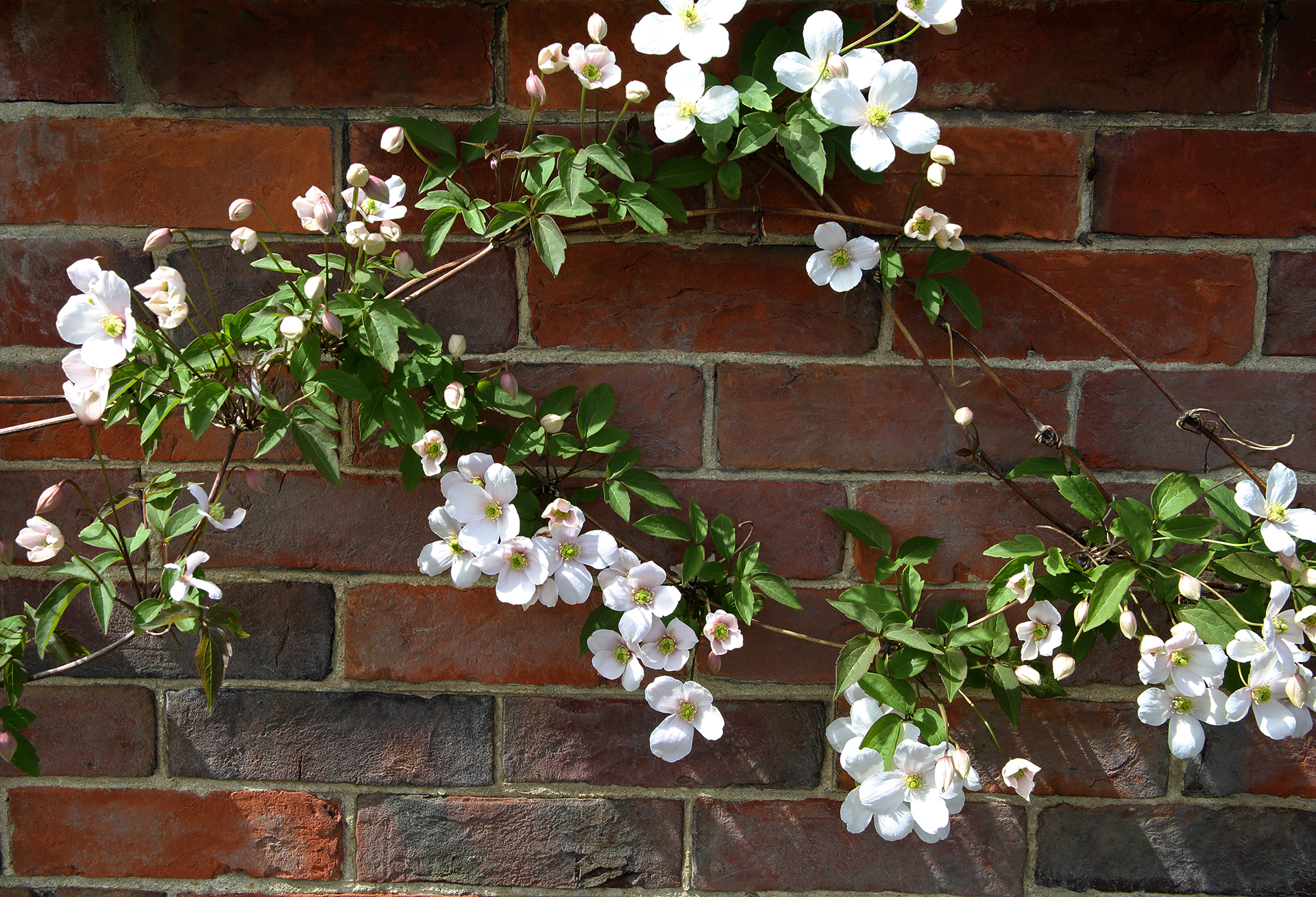
For the February prune take off any dead, weak or broken stems. Then, take all remaining stems to the next pair of healthy buds.
However, if you accidentally prune too hard, or mistake your group 2 clematis for a group 3 then do not worry. ‘If you prune hard at this time of year you will not have any early, large flowers but plenty in late summer,’ says Monty Don in his blog.
Then for the second prune 'cut to large buds or a strong side shoot immediately below the blooms' advises Guy Barter chief horticulturist at the Royal Horticultural Society. Deadheading clematis will encourage a second flush of flowers come summer.
A young group 2 clematis will benefit from a hard pruning in the May/June after planting. 'Cut back to just above a strong pair of leaf buds about 1ft above soil level. This will encourage multiple stems which can be trained in to supports to give a good coverage,' advises Guy Barter chief horticulturist at the Royal Horticultural Society, 'if a young Group 2 clematis is left unpruned they often produce very long single stems with the flowers produced only at the very top.'
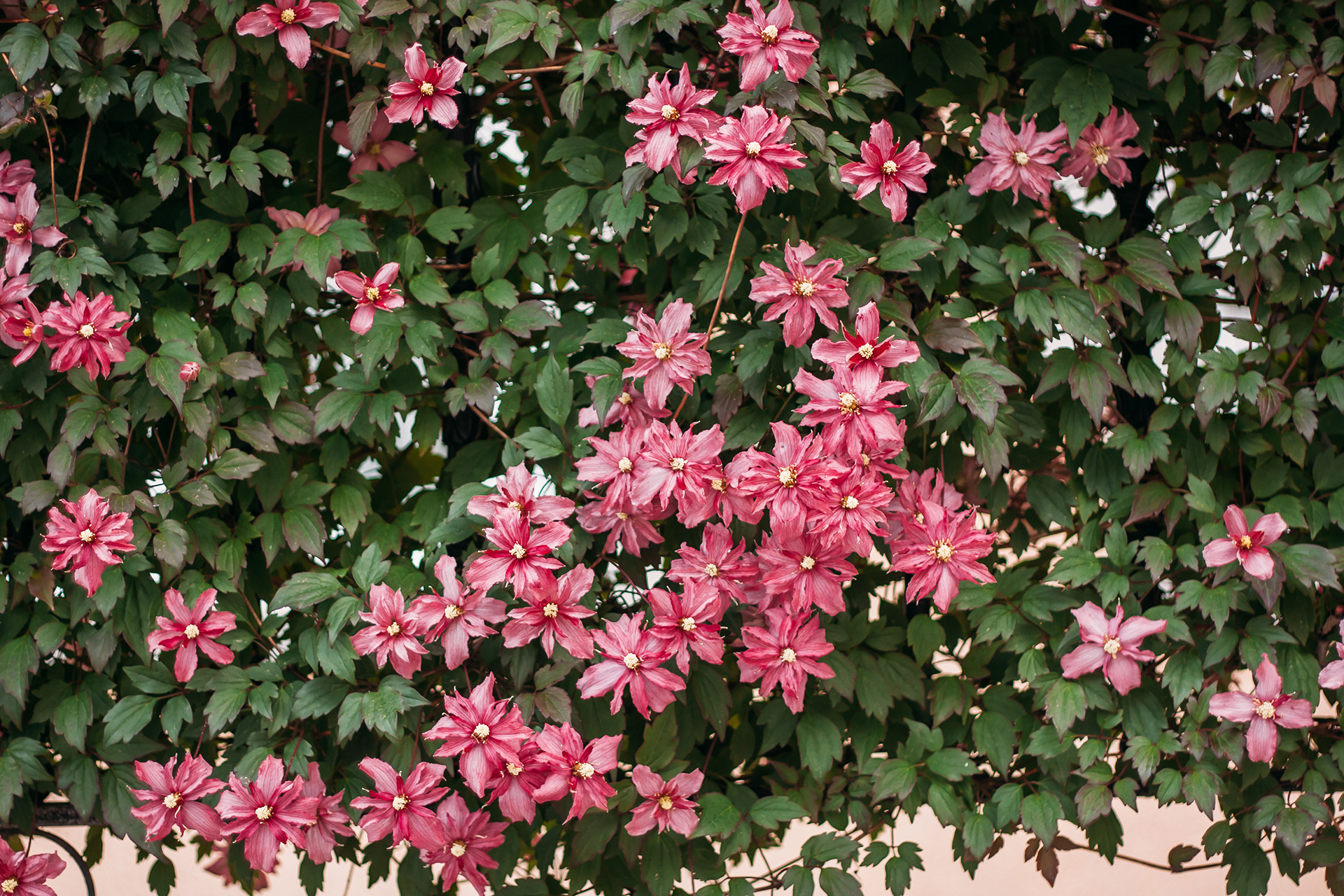
If you're wondering how to prune clematis in group 2 that has become old or unruly, then a more aggressive pruning in February may be required. You can gradually reduce the height and size of the tree over the course of a few years until it has reached a manageable size.
While you will reduce the likelihood of a second flush of flowers in the years that you aggressively prune, it is worth it for a more aesthetically pleasing plant. The second flush of flowers will return once you go back to the typical pruning schedule.
Examples of Group 2 Clematis:
- Clematis 'Josephine'
- Clematis 'Star of India'
- Clematis 'The President'
- Clematis 'Royal Wedding'
- Clematis 'Andromeda'
- Clematis 'General Sikorski' (below)
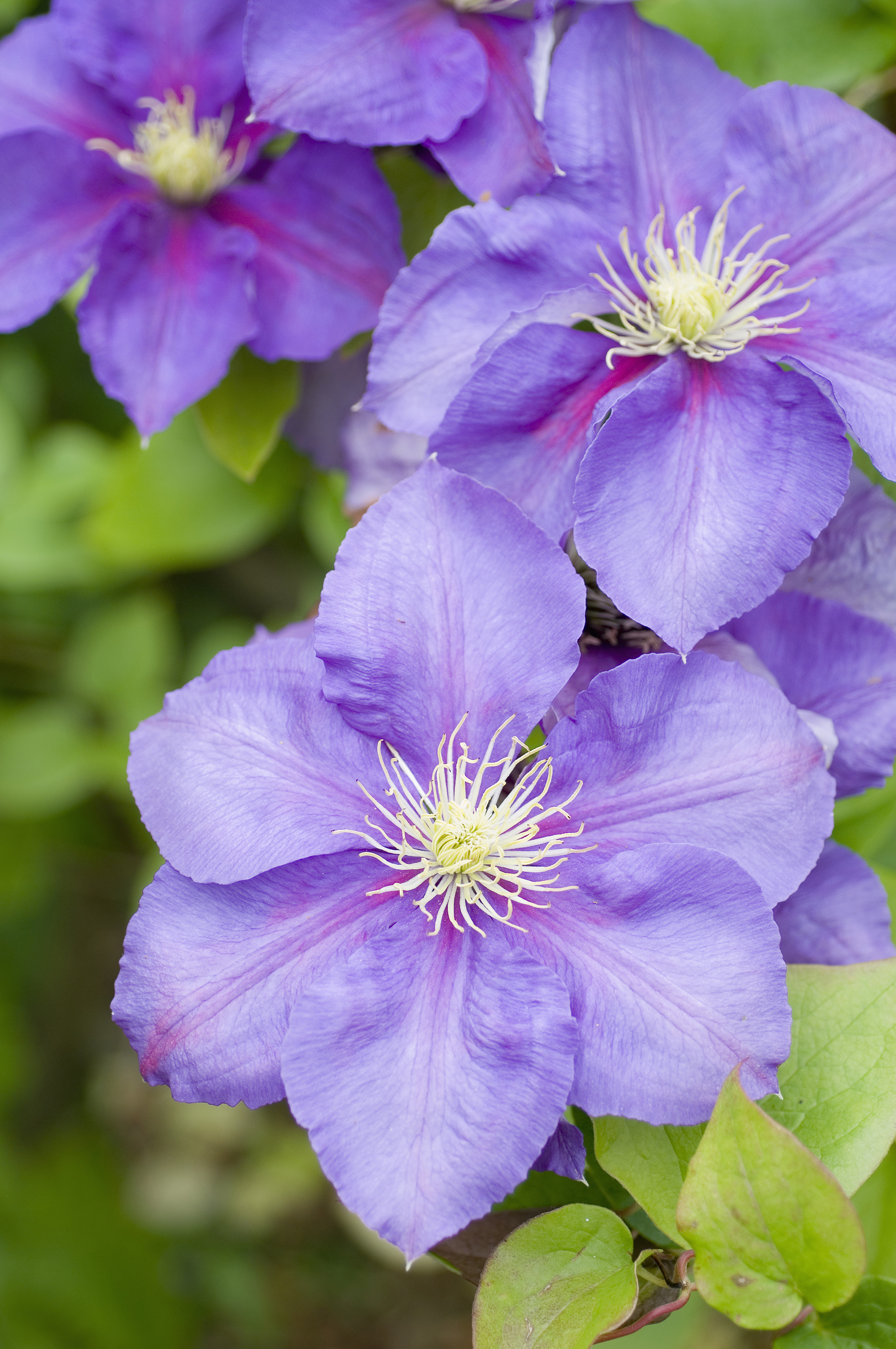
How to prune clematis: Group 3
If you’re new to growing clematis or are nervous about pruning them, then a group 3 clematis is the best choice for you. Group 3 clematis grow vigorously and flower in late summer on that year’s growth. So all you need to do is prune hard in February, taking all the stems back to ground level.
‘Because they’re so easy to keep in check, these clematis are also the best choice for containers. But wherever they are planted, that regular hard spring pruning will ensure that they never get out of hand. Even if you miss a year, they can still be cut back almost to ground level and will grow away happily,' says Graham Rice in Amateur Gardening magazine.
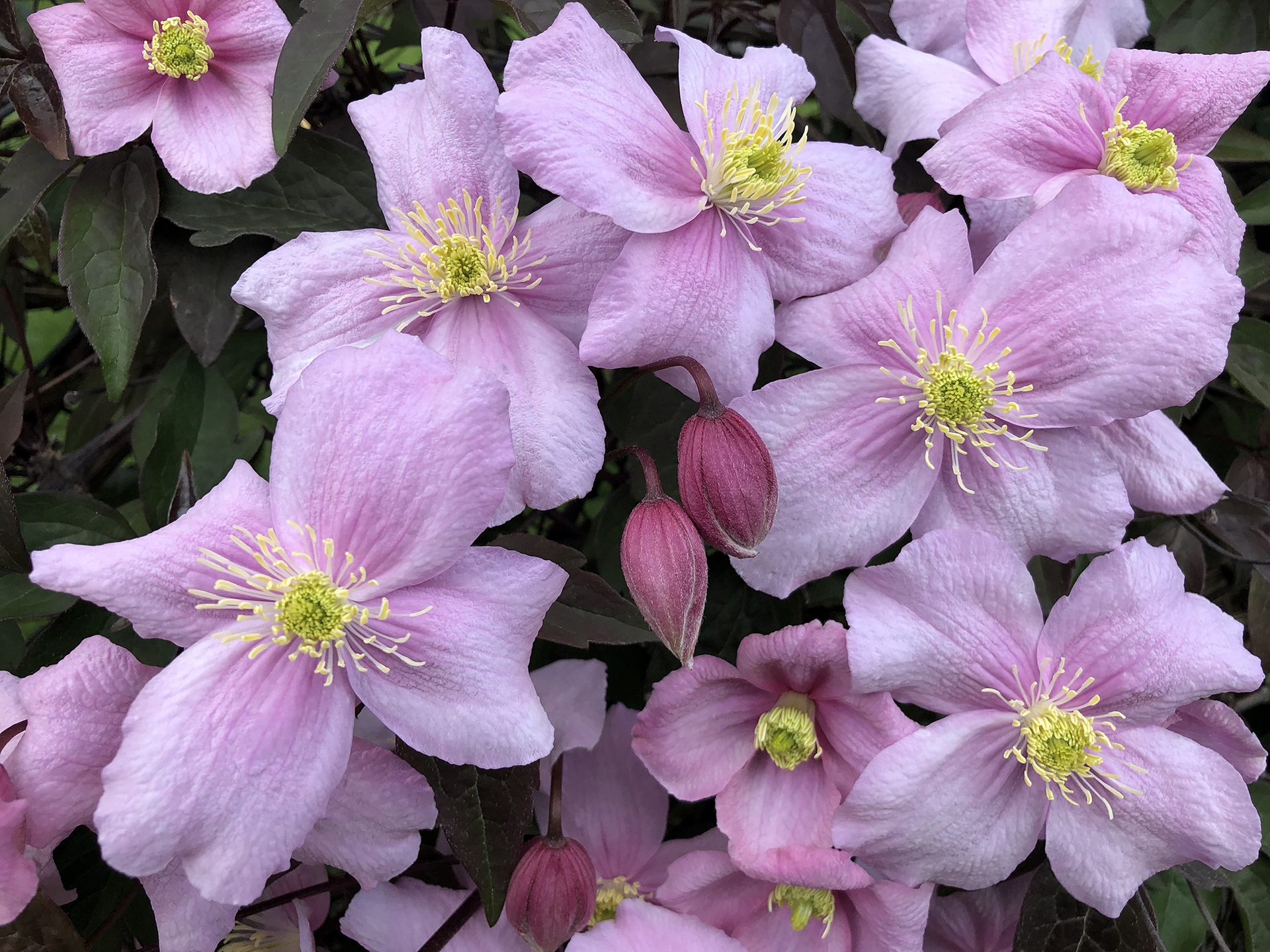
Examples of Group 3 Clematis
- Clematis 'Ernest Markham'
- Clematis 'Taiga'
- Clematis 'Purpurea Plena Elegans'
- Clematis avant-garde
- Clematis 'Jackmanii'
- Clematis 'Etoile Violette' (below)
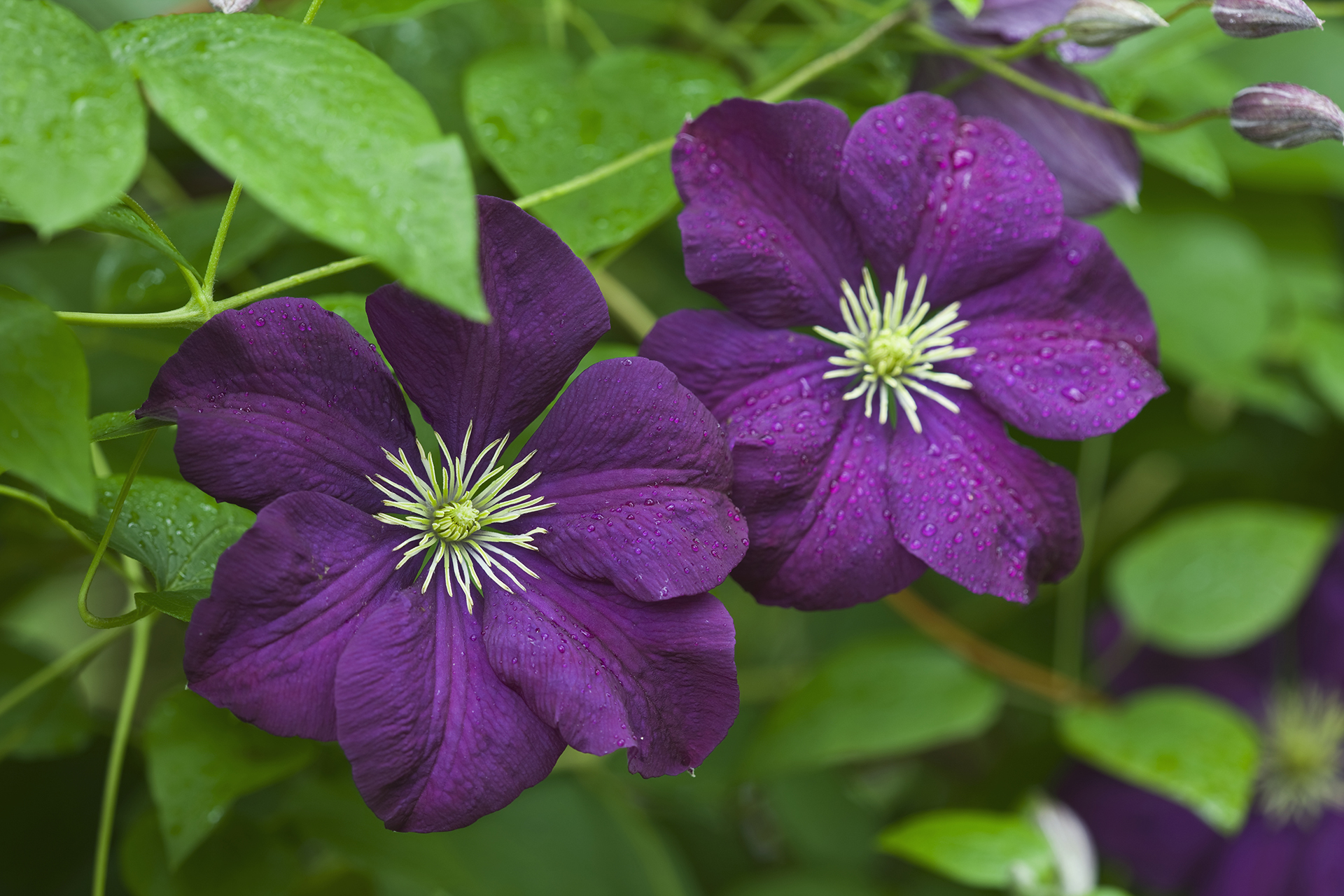
When should clematis be pruned?
You should only prune your clematis once it has flowered. If you're unsure of when to prune your clematis or don't know its group, then follow Monty Don's advice and heed the old rhyme ‘if it flowers before June do not prune’. Clematis that flower before June are typically group 1 clematis, while those that flower after are group two and three which will need a harder pruning in February.
- Group 1 clematis are usually pruned in July or August though usually do not need pruning at all.
- Group 2 clematis should be pruned once in February and once in September after the first flush of flowers in June or July.
- Group 3 clematis are best cut back to just above ground level around late February.
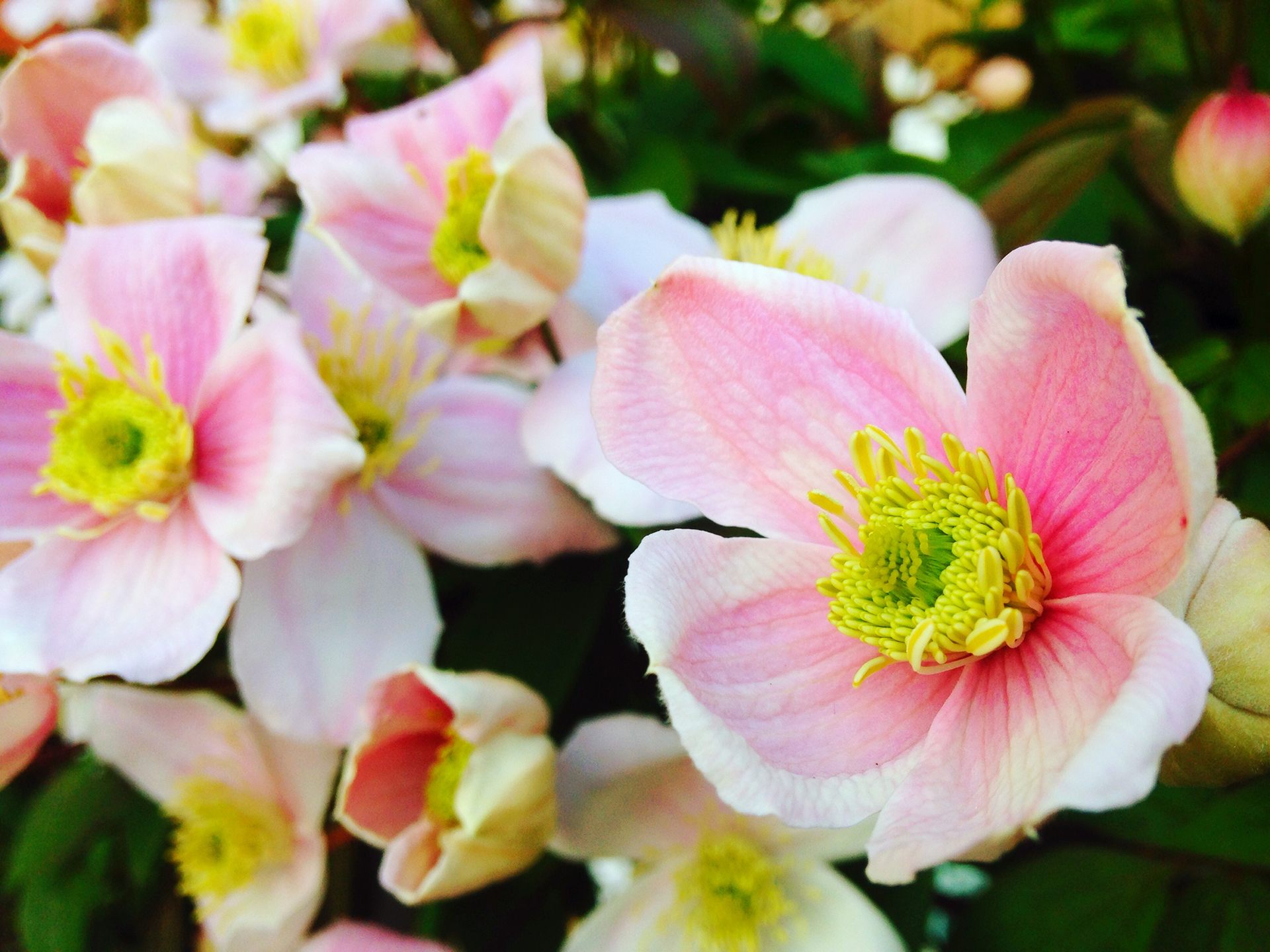
Which clematis does not need pruning?
Group 1 clematis, which flower in late winter or early spring, do not need pruning as it flowers on the previous year's growth. You can still prune group 1 clematis but this is for aesthetic reasons more than for the health of the plant. So long as you are happy with its size, there is no need to prune this clematis.
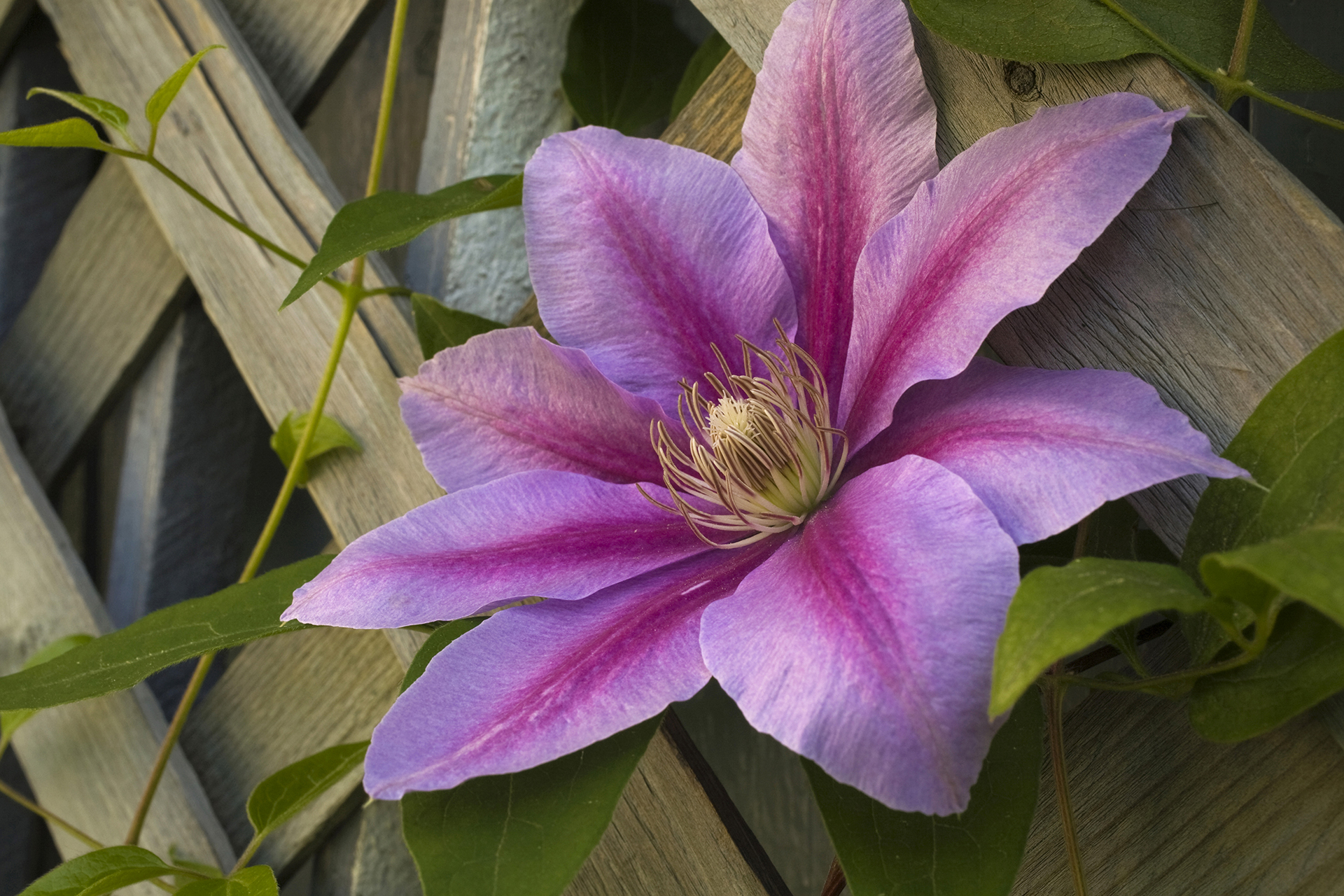
What happens if I don't prune clematis?
If you don't prune a Group 3 clematis, it will continue to grow. Group 3 clematis flower on the growth of that year, while the previous year's growth with not have any flowers and will eventually go woody. This will mean that the clematis plant will end up looking gnarled and twisted. Each year, the group 3 clematis can grow up to 12ft in a single year, which means without pruning to ground level it can quickly overwhelm the space.
If you don't prune a Group 1 clematis, it will eventually outgrow its space though it will be slow to do so and a lack of pruning will not effect its flowering.
For more clematis growing advice, see our guide on how to revive a woody clematis plant, to help bring your climbers back to good health.
Sign up to the Homes & Gardens newsletter
Design expertise in your inbox – from inspiring decorating ideas and beautiful celebrity homes to practical gardening advice and shopping round-ups.

Having graduated with a first class degree in English Literature, Holly started her career as a features writer and sub-editor at Period Living magazine, Homes & Gardens' sister title. Working on Period Living brought with it insight into the complexities of owning and caring for period homes, from interior decorating through to choosing the right windows and the challenges of extending. This has led to a passion for traditional interiors, particularly the country-look. Writing for the Homes & Gardens website as a content editor, alongside regular features for Period Living and Country Homes & Interiors magazines, has enabled her to broaden her writing to incorporate her interests in gardening, wildlife and nature.
-
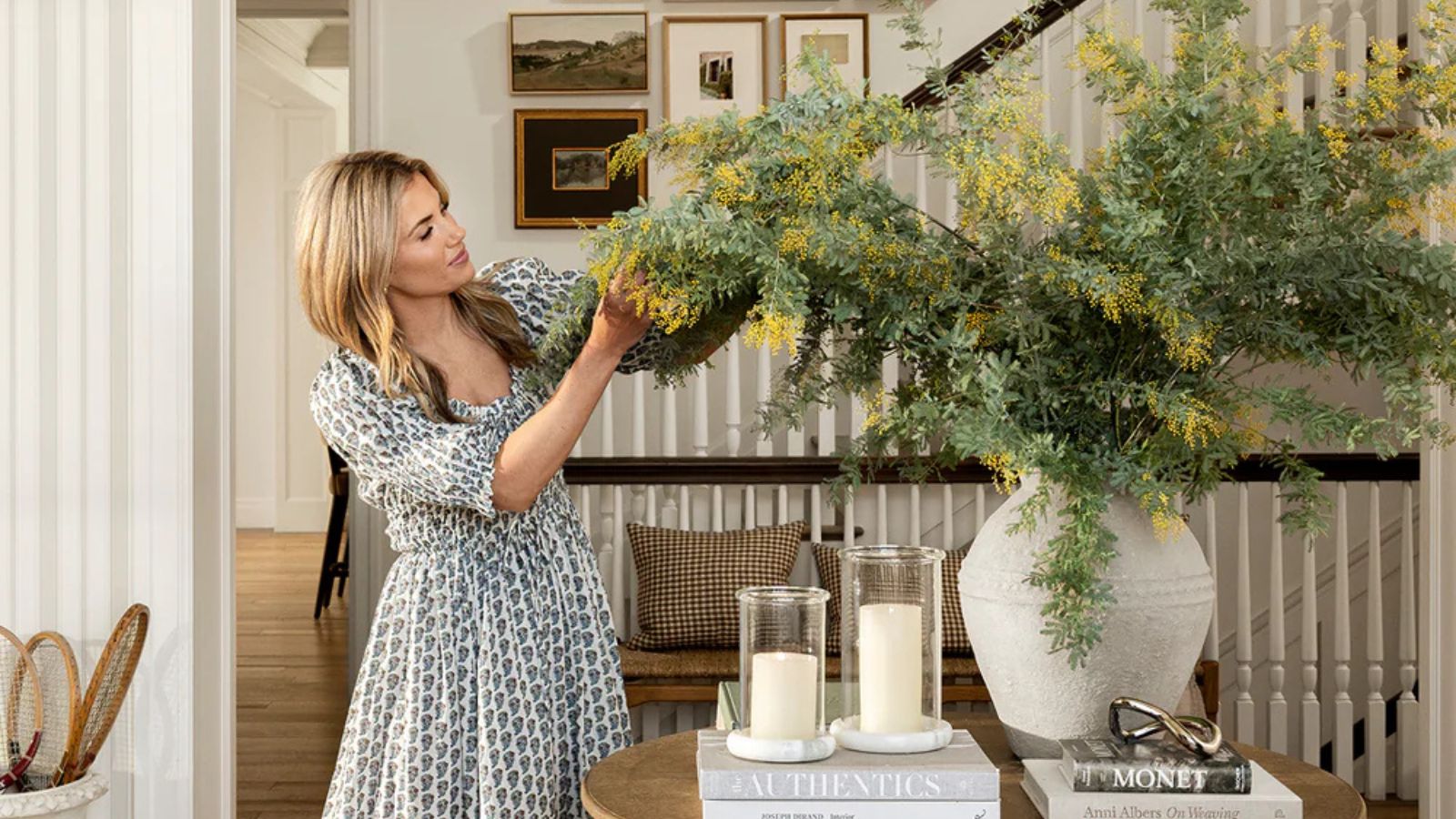 I've had a first look at the McGee & Co. summer 2025 collection, and I think you're going to fall head over heels for the vintage-style rattan pieces
I've had a first look at the McGee & Co. summer 2025 collection, and I think you're going to fall head over heels for the vintage-style rattan piecesThe new McGee & Co. drop is full of vintage charm – and the scalloped coffee table is my standout pick for summer
By Charlotte Olby Published
-
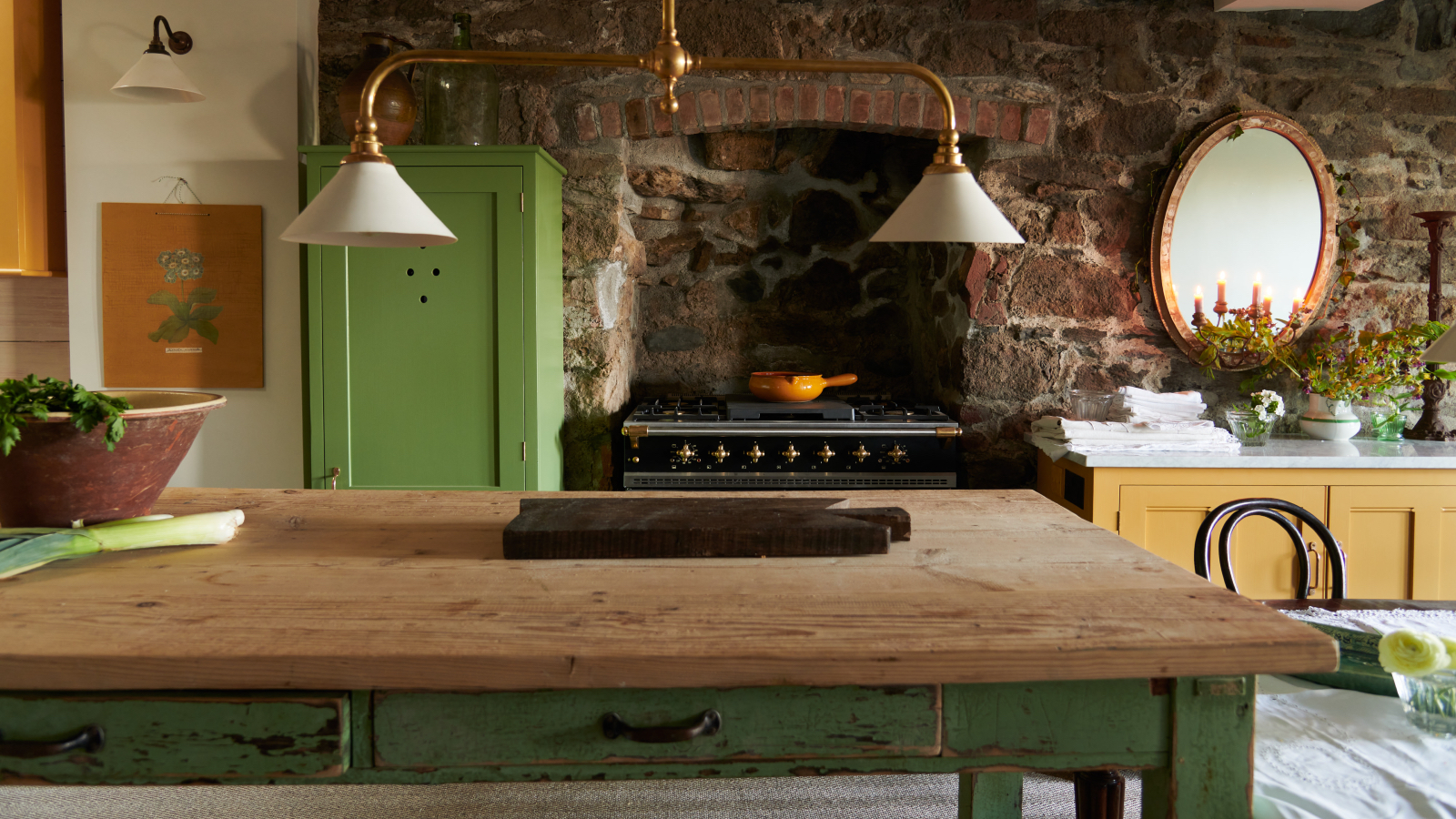 9 things you can clean with glycerin – this cheap and natural cleaner is perfect for indoor and outdoor use
9 things you can clean with glycerin – this cheap and natural cleaner is perfect for indoor and outdoor useFrom patio furniture to silverware, this hydrating and gentle cleaning agent will work miracles
By Ciéra Cree Published
-
 Water garden ideas – 9 ways to introduce soothing water to your outdoor space
Water garden ideas – 9 ways to introduce soothing water to your outdoor spaceFrom cascading fountains to wildlife ponds, there are plenty of ways to create a tranquil water garden
By Leigh Clapp Published
-
 How to grow poppies
How to grow poppiesFind out how to grow poppies to enjoy the beauty of these brightly colored tissue paper-like blooms
By Leigh Clapp Published
-
 How to grow delphiniums from seed
How to grow delphiniums from seedFind out how to grow delphiniums from seed and enjoy these colorful cottage garden favorites filling beds and borders
By Leigh Clapp Published
-
 How to grow ferns – when and how to plant and care for them
How to grow ferns – when and how to plant and care for themLearn how to grow ferns to enjoy the texture and form of these versatile plants in many areas of your garden
By Leigh Clapp Published
-
 How to grow sweet peas from seed – in borders and pots
How to grow sweet peas from seed – in borders and potsFind out how to grow sweet peas and where to enjoy their wonderful color, ruffled blooms and sweet fragrance in your garden
By Pippa Blenkinsop Published
-
 How to make fat balls for birds – easy steps feed our feathered friends
How to make fat balls for birds – easy steps feed our feathered friendsLearn how to make fat balls for birds to ensure their wellbeing throughout the winter
By Holly Reaney Published
-
 Planning a kitchen garden – from layouts to picking the best crops
Planning a kitchen garden – from layouts to picking the best cropsPlanning a kitchen garden is easy with this expert advice – whether yours is in beds, borders or a dedicated patch – you're guaranteed success
By Leigh Clapp Published
-
 How to grow cosmos – expert tips on when and where to plant these flowers
How to grow cosmos – expert tips on when and where to plant these flowersLearn how to grow cosmos to add bright color in your garden from summer through to fall with their beautiful blooms
By Leigh Clapp Published